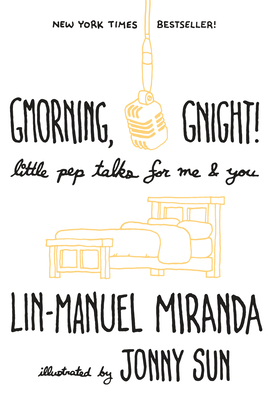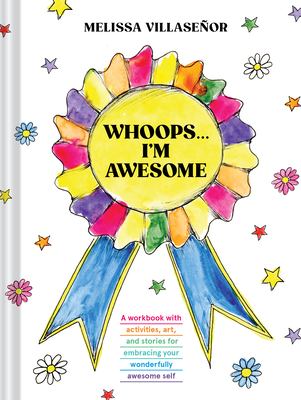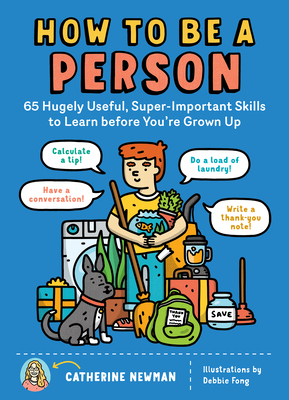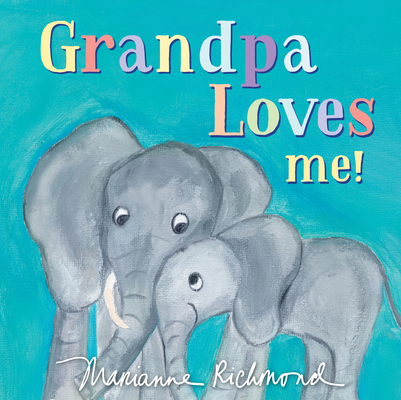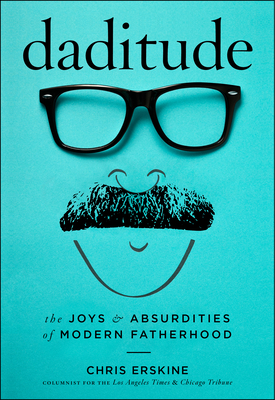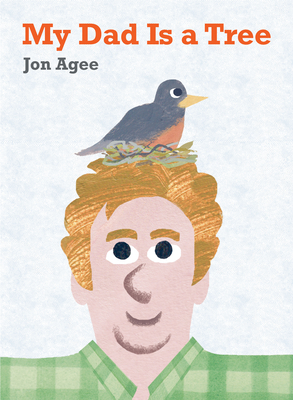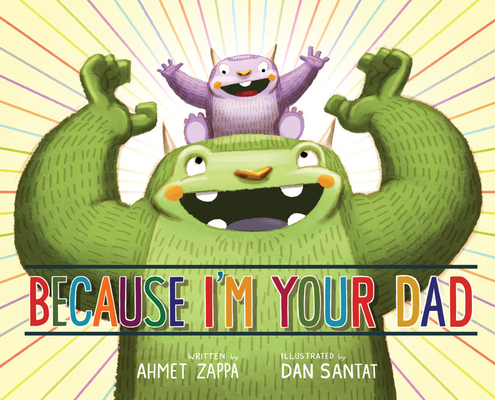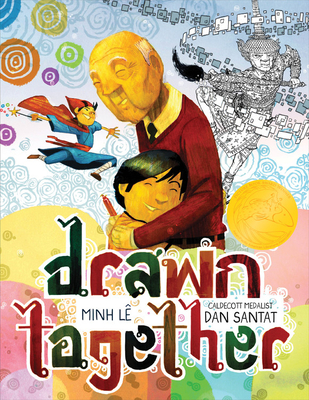Making Faces: A First Book of Emotions (Board book)
Find the happy baby! Find the sad baby! Find the angry baby! Find the silly baby! Explore expressions in this interactive, photographic board book from the creators of Baby Loves and Baby Up, Baby Down.
Making Faces: A First Book of Emotions is a bold, beautiful board book that introduces five essential expressions: happy, sad, angry, surprised, and silly. Each expression is paired with a large image of a baby’s face. Children are asked to mimic the face, then pick it out from a group of other babies. At the end, readers are invited to make all the faces introduced in a unique and exciting way—with a mirror right on the last page!
Little ones will learn as they play and will delight in mimicking expressions—especially the “surprised” face. Yes, it’s different from the scared face!
“Full-color head shots depict a diverse group of toddlers exhibiting a range of facial expressions that indicate a variety of emotions, from happy to sad and surprised to amused.” —School Library Journal
Collect the whole series:
Baby Loves
Baby Up, Baby Down
Also available: The Baby Loves Books Collection, featuring Baby Loves; Baby Up, Baby Down; and Making Faces.
"The design of the book encourages a dialogue between caregiver and child as young readers indicate their guesses and learn to distinguish among different facial expressions."—Kirkus







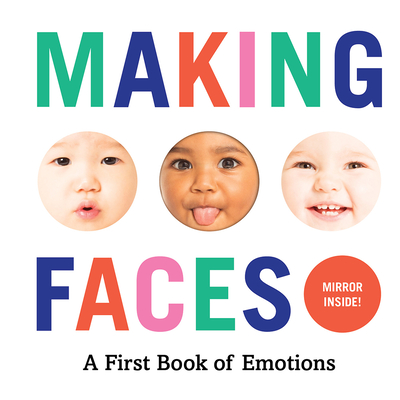
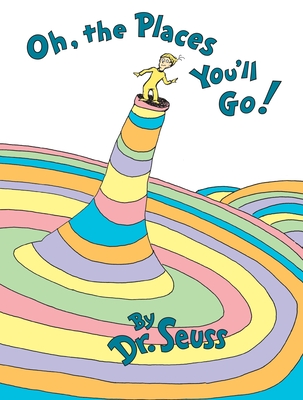
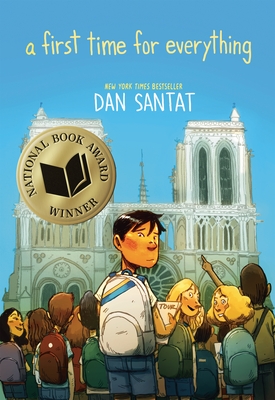

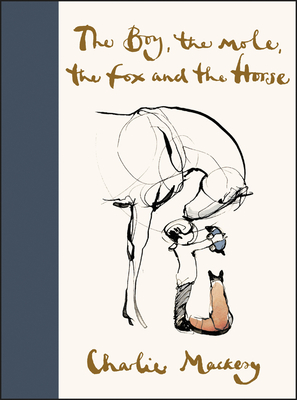

![Franklin Smoke: Wood. Fire. Food. [A Cookbook] By Aaron Franklin, Jordan Mackay Cover Image](https://images.booksense.com/images/484/860/9781984860484.jpg)


